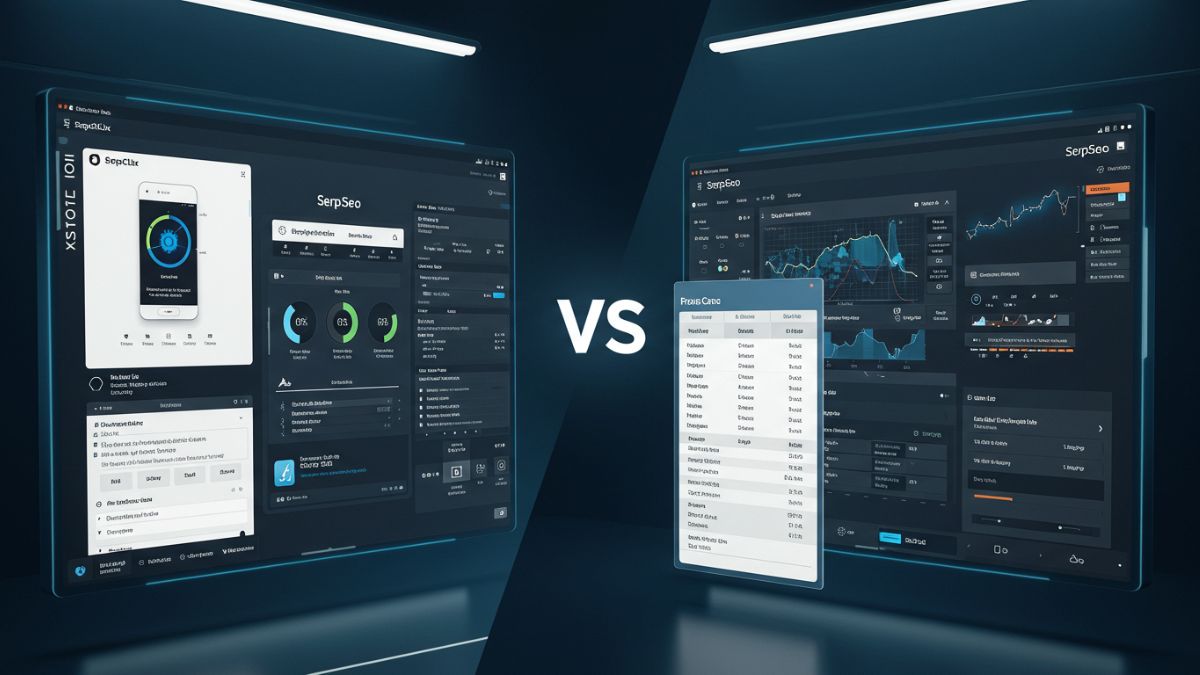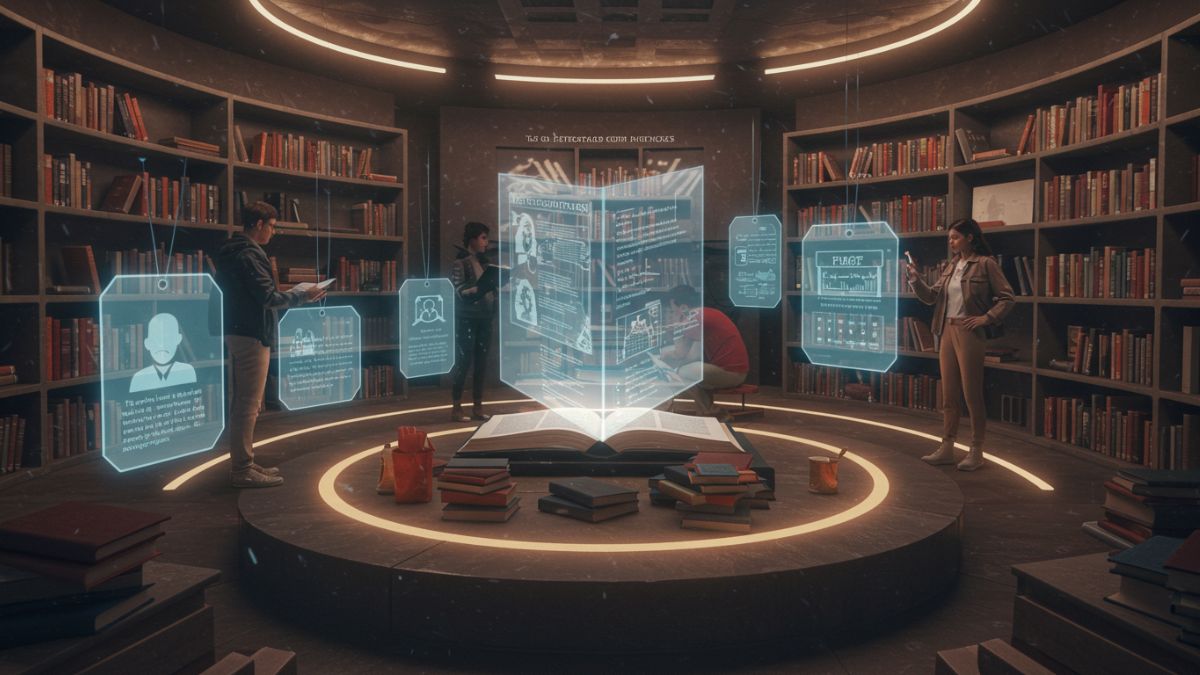Work is increasingly merging with technology. A few decades ago, not many jobs required extensive tech. But now, almost no work is efficiently done without using tech tools. This is especially true with the rise of remote and hybrid work and the widespread use of office tools on workstations.
Companies also rely on data insights to make decisions that were previously made based on polling or guesswork. They are using advanced analytics to gain insights into workflow improvement.
But how can data be used to improve teamwork and collaboration? And how can businesses make use of these insights to increase efficiency and streamline workflows? Most importantly, how does it help with customer acquisition and retention?
Here’s an in-depth look at how advanced analytics can transform tech-driven workplaces and help teams work smarter, not harder.
The Role of Analytics
Gartner reports that 79 percent of corporate experts point towards advanced analytics being critical to business success in the next two years.
Analytics tools provide businesses with insights into employee interactions with each other, and digital tools go beyond basic reporting. By using analytics, businesses can identify workflow bottlenecks, track task completion, and see which applications are used the most.
Analytics can reveal insights into how employees interact with each other and clients, providing data that can help improve communication. It can also uncover specific insights, such as client preferences, language issues, and workflow errors.
Identifying Productivity Patterns With Data
Every team works differently. While changing how work is done takes time, advanced analytics tools analyze patterns of behavior to uncover what works and what doesn’t.
A few ways to find patterns with data:
- Engagement Tracking: Analytics can highlight areas where employees are disengaged, such as low participation in collaborative platforms.
- Time Management Insights: Identify how much time is spent on meetings versus individual tasks, helping teams balance workloads more effectively.
- Content Use Monitoring: Determine which documents or files are frequently accessed, ensuring that key resources are readily available to all team members.
For example, organizations can schedule critical tasks or collaborative projects during periods when employees are at their peak productivity. Data can help identify these times. Organizations can also use data to address common challenges, like skill gaps or particular training needs.
Data-driven insights also help with customer acquisition. Customer behavior and preferences can be tracked and used to form new product offerings. Customer service can take note of data and keep their interactions tailored to the likings and preferences of customers. According to Forbes, data-driven companies are 23 times more likely to acquire new customers and 19 times more likely to be profitable.
Boosting Collaboration With Advanced Metrics
Tech-driven workplaces rely heavily on collaboration tools. However, businesses must understand how these tools are used before they can fully utilize their potential.
For example, SharePoint and Microsoft 365 host a wide range of collaborative features, but are teams using them effectively?
Advanced analytics provide answers by tracking metrics like:
- Active Participation: Who is contributing to shared projects and who might need additional support?
- File Sharing Efficiency: Are files being shared across silos, or are departments duplicating efforts?
- Task Completion Rates: What’s causing delays in collaborative workflows?
Addressing these areas can help companies create environments where collaboration thrives. According to a recent Deloitte survey, 86 percent of organizations use cloud services like Microsoft 365 for data analytics.
Click here to learn how to drive productivity in SharPoint and Microsoft 365.
Personalizing Workflows for Teams
One of the most significant advantages of advanced analytics is the ability to customize workflows to meet the unique needs of teams. By analyzing usage patterns and identifying areas of inefficiency, organizations can make targeted adjustments that improve productivity and employee satisfaction.
For instance, analytics can highlight repetitive, low-value tasks that may be better suited for automation, freeing employees to focus on strategic and creative work.
Providing employees with the skills they need to use tools more effectively enhances both confidence and performance. This also leads to better engagement and teamwork in the organization.
A recent study shows that companies with highly engaged employees report 21 percent better profits, along with a 17 percent increase in productivity.
Intlock notes that a holistic activity view of the analytics can provide a wide range of insights even in multiple portals. This allows for realistic and actionable goals rather than applying a generic, one-size-fits-all strategy.
Reducing Overload and Burnout
Workplace productivity isn’t just about getting more done but also about ensuring employees remain engaged and healthy.
A report on a study by Microsoft shows that 50 percent of employees feel overworked. Advanced analytics can help identify early signs of burnout by monitoring over-scheduling, meeting fatigue, and excessive workloads.
For instance, analyzing meeting frequency and duration can reveal unnecessary meetings that can be eliminated. A sudden decrease in task completion might indicate that employees are feeling overwhelmed.
Communication patterns such as delayed response times or excessive email volume could also signify team stress. Data insights like these can help leaders take action to ensure employees are not stressed.
The Future of Analytics-Driven Workplaces
As businesses adopt hybrid and remote work models, analytics will become even more central to ensuring productivity. The rise of AI technologies is the main reason for this.
Predictive AI analytics will help businesses anticipate bottlenecks before they occur or recommend optimal work patterns based on past behavior.
Moreover, this combination of AI tools with analytics platforms will also provide real-time suggestions, making team collaboration more intuitive and responsive.
Due to AI, many technologies like Virtual Reality and Augmented Reality, which were kept on the back burner, have re-emerged in devices that track data. Companies are finding new streams of data that were previously not accessible and making their workplace better.
For example, companies can now track data from smartwatches or wearables that record movement and location data and use it to improve employee health and well-being.
As these technologies mature, they can redefine collaboration, communication and problem-solving in the workplace.











